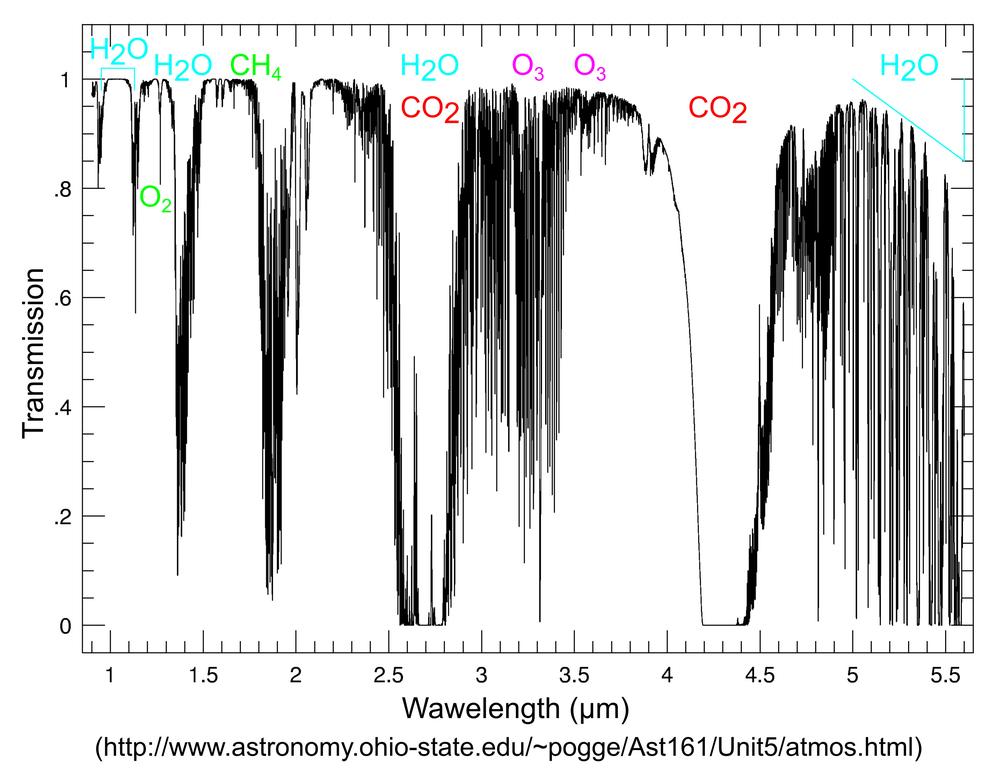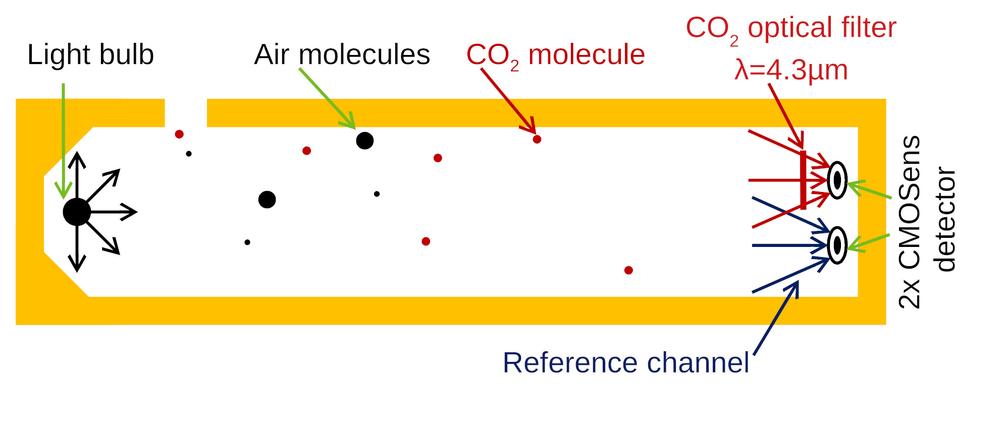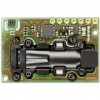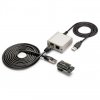Why Measure CO2 concentration?
Health Aspect
American Society of Heating, Refrigeration, and Air Conditioning Engineers (ASHRAE) recommend maintaining indoor CO2 concentrations at—or below—1,000 ppm in schools and 800 ppm in offices.
At 1000 to 2000ppm of CO2, people complain about drowsiness and poor air. CO2 concentration between 2 000 to 5 000ppm can cause headaches, sleepiness, poor concentration, loss of attention, increased heart rate and slight nausea. 5 000ppm is the daily exposure limit (8hours).
Energy Consumption
Most heating, ventilation and air conditioning systems (HVAC) re-circulate a significant portion of the indoor air. Air exhaled by humans contains in average 35,000 to 50,000 ppm of CO2 (100 times higher than outdoor air). Without adequate ventilation, the CO2 concentration increases. However, ventilation requires subsequent heating or cooling of the air, which increases energy consumption.
The solution is simple – measure the concentration of CO2 and ventilate in a way that the CO2 concentration does not exceed the recommended value.
NDIR Sensor Module Principle
NDIR (Non-Dispersive Infra-Red) sensor uses the fact that CO2 molecules absorb infrared radiation of certain wavelengths. The higher the CO2 concentration, the more radiation CO2 absorbs. The wavelength of 4.3μm has the maximum absorption for CO2 and minimal absorption for other gases in the air.

An infrared radiation source (light bulb) is placed on one side of the tube. On the opposite side, two sensors with optical filters are placed. The first sensor (CO2) has a band-pass filter for wavelength 4.3µm; it measures the intensity of radiation Id. The second sensor (reference) has a band-pass filter for wavelength, which is minimally absorbed by gases in the air (typically 4µm); it measures the intensity of radiation I0.

The measured intensity of radiation at these wavelengths is then associated with CO2 concentration via the Beer-Lambert Law that is given with the following equation:
Id/I0=e^KCL
where Id is the intensity of radiation at 4.3μm, I0 is the intensity of the reference radiation, K is the absorption coefficient for CO2, C is the CO2 concentration, and L is the path length between the radiation source and the light detectors.
The reference sensor compensates for the effect of the radiation intensity variation. When intensity changes, both Id and I0 change identically, so Id / I0 remains unchanged.
If you are interested in any Sensirion products, or you need more information, we will be pleased to help at sensirion@soselectronic.com
- Calibrated, linearized and temperature compensated module
- Dual sensor detection guarantees superior long term stability
- Integrated RH and temperature sensor
- CO2 measuring range 400...10 000ppm
- Accuracy ± (30ppm + 3%)
- I2C and UART interface
Do you like our articles? Do not miss any of them! You do not have to worry about anything, we will arrange delivery to you.









